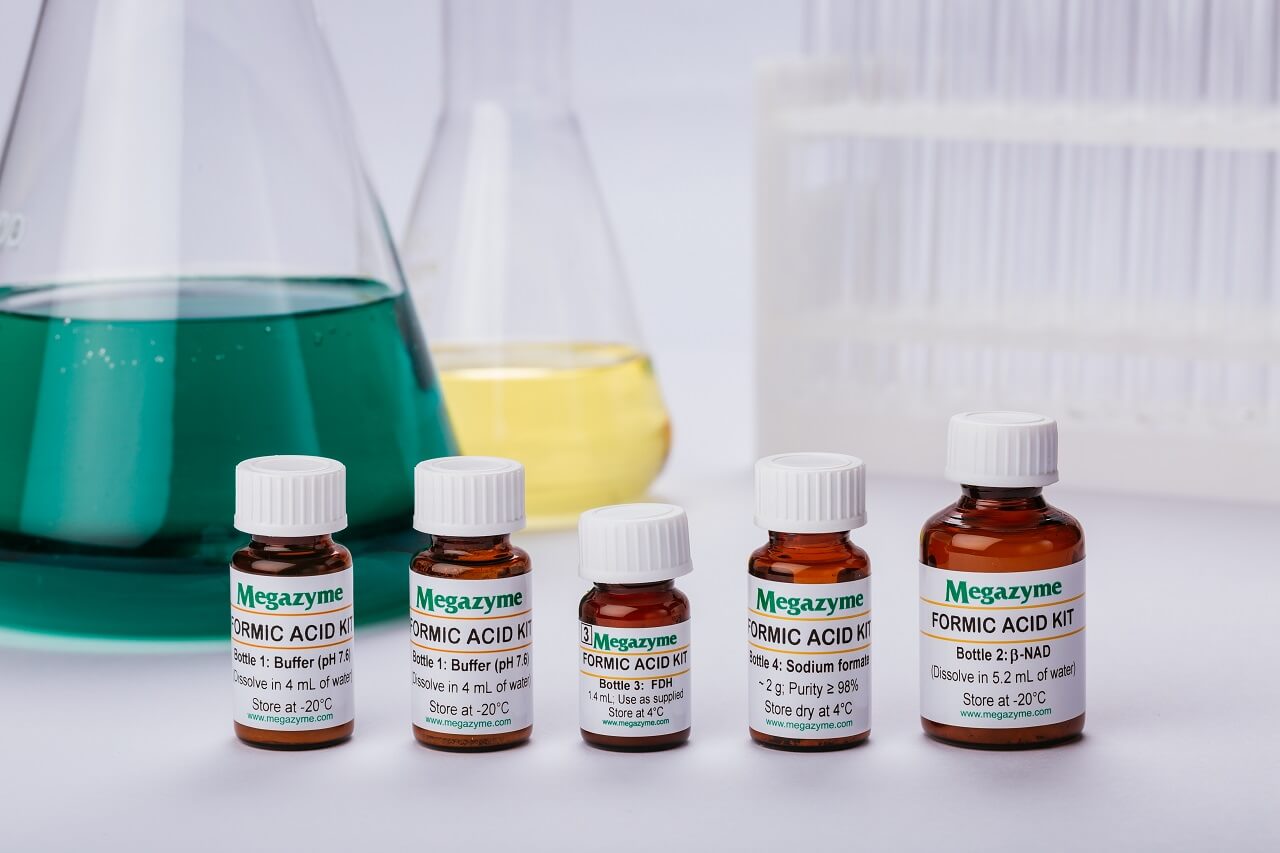
Formic acid might sound like something out of a science fiction novel, but it's actually a fascinating substance found in nature and used in various industries. Did you know that ants produce formic acid as a defense mechanism? This simple carboxylic acid, with the chemical formula HCOOH, plays a crucial role in the animal kingdom and human applications. From its natural occurrence in ant venom to its use in leather production, formic acid is more common than you might think. Why is formic acid important? It’s used in agriculture, textiles, and even as a preservative. Stick around to uncover 50 intriguing facts about this versatile compound that bridges the gap between nature and industry.
Key Takeaways:
- Formic acid, found in ant venom, has diverse uses from agriculture to industry. But it can also be harmful, so handling it with care is crucial.
- From bee stings to leather production, formic acid plays a big role in our world. But it can be dangerous, so safety precautions are a must.
What is Formic Acid?
Formic acid, also known as methanoic acid, is the simplest carboxylic acid. It has a pungent odor and is naturally found in the venom of ants and bees. Let's dive into some fascinating facts about this unique compound.
-
Chemical Formula: Formic acid's chemical formula is HCOOH. It consists of a single carbon atom, two oxygen atoms, and two hydrogen atoms.
-
Natural Occurrence: This acid is naturally present in the stings and bites of many insects, including ants and bees.
-
First Discovered: John Ray first isolated formic acid in 1671 by distilling red ants.
-
Name Origin: The name "formic" comes from the Latin word "formica," meaning ant.
-
Industrial Production: Formic acid is produced industrially by the hydrolysis of methyl formate.
-
Uses in Agriculture: It is used as a preservative and antibacterial agent in livestock feed.
-
Leather Industry: Formic acid is used in the tanning process to remove hair from hides.
-
Textile Industry: It helps in dyeing and finishing textiles.
-
Rubber Industry: Formic acid is used to coagulate latex rubber.
-
Food Additive: In some countries, it is used as a food additive to preserve freshness.
Chemical Properties of Formic Acid
Formic acid has unique chemical properties that make it useful in various applications. Here are some key chemical facts.
-
Acidity: It is a weak acid with a pKa of 3.75.
-
Solubility: Formic acid is highly soluble in water, alcohol, and ether.
-
Boiling Point: It has a boiling point of 100.8°C (213.4°F).
-
Melting Point: The melting point is 8.4°C (47.1°F).
-
Corrosiveness: Formic acid is corrosive to metals and can cause burns on skin contact.
-
Decomposition: When heated, it decomposes into carbon monoxide and water.
-
Reactivity: It reacts with bases to form formates and with alcohols to form esters.
-
Oxidation: Formic acid can be oxidized to carbon dioxide and water.
-
Reduction: It can be reduced to formaldehyde and methanol.
-
Polymerization: Formic acid can polymerize under certain conditions, forming larger molecules.
Biological Aspects of Formic Acid
Formic acid plays a significant role in the biological world. Here are some intriguing biological facts.
-
Ant Defense: Ants use formic acid as a defense mechanism against predators.
-
Bee Venom: Bee stings contain formic acid, which causes pain and inflammation.
-
Human Metabolism: In humans, formic acid is a byproduct of methanol metabolism.
-
Plant Defense: Some plants produce formic acid to deter herbivores.
-
Animal Communication: Certain animals use formic acid for communication and marking territory.
-
Detoxification: The liver detoxifies formic acid in the human body.
-
Environmental Impact: Formic acid is biodegradable and has a low environmental impact.
-
Antibiotic Properties: It has natural antibiotic properties that help protect insects from infections.
-
Pheromones: Formic acid is a component of some insect pheromones.
-
Microbial Production: Certain bacteria can produce formic acid during fermentation.
Industrial Applications of Formic Acid
Formic acid is widely used in various industries due to its versatile properties. Here are some industrial applications.
-
Silage Preservative: It is used to preserve silage and hay in agriculture.
-
Cleaning Agent: Formic acid is used in cleaning products for removing limescale and rust.
-
Electroplating: It is used in electroplating processes to improve metal adhesion.
-
Fuel Cells: Formic acid is being researched as a potential fuel for fuel cells.
-
Pharmaceuticals: It is used in the synthesis of various pharmaceutical compounds.
-
Pesticides: Formic acid is used in some pesticides and herbicides.
-
De-icing Agent: It is used as a de-icing agent for airport runways.
-
Leather Dyeing: Formic acid helps in the dyeing process of leather goods.
-
Silicon Production: It is used in the production of high-purity silicon.
-
Chemical Synthesis: Formic acid is a building block in the synthesis of many chemicals.
Health and Safety Concerns
While formic acid has many uses, it also poses certain health and safety risks. Here are some important facts to know.
-
Skin Irritation: Contact with formic acid can cause skin irritation and burns.
-
Eye Damage: It can cause severe eye damage upon contact.
-
Inhalation Risks: Inhaling formic acid vapors can irritate the respiratory tract.
-
Ingestion Hazards: Swallowing formic acid can cause severe internal burns and damage.
-
Protective Gear: When handling formic acid, wearing protective gear is essential.
-
Storage: It should be stored in a cool, dry place away from incompatible substances.
-
Spill Response: In case of a spill, neutralize with a weak base and clean up with care.
-
First Aid: Immediate rinsing with water is crucial if formic acid comes into contact with skin or eyes.
-
Regulations: Formic acid is regulated by various health and safety organizations worldwide.
-
Environmental Safety: Proper disposal methods are necessary to prevent environmental contamination.
Final Thoughts on Formic Acid
Formic acid, a simple yet fascinating compound, plays a crucial role in nature and industry. From its presence in ant venom to its use in agriculture, this versatile acid has a wide range of applications. It's not just a chemical curiosity; it’s a vital component in many processes. Understanding its properties and uses can help us appreciate the complexity of the natural world and the ingenuity of human innovation. Whether it's in the lab, on the farm, or in the wild, formic acid continues to be a substance of great importance. So next time you encounter an ant or see a product that uses formic acid, you'll know there's more to it than meets the eye. Keep exploring, stay curious, and never stop learning about the wonders of chemistry.
Frequently Asked Questions
Was this page helpful?
Our commitment to delivering trustworthy and engaging content is at the heart of what we do. Each fact on our site is contributed by real users like you, bringing a wealth of diverse insights and information. To ensure the highest standards of accuracy and reliability, our dedicated editors meticulously review each submission. This process guarantees that the facts we share are not only fascinating but also credible. Trust in our commitment to quality and authenticity as you explore and learn with us.


